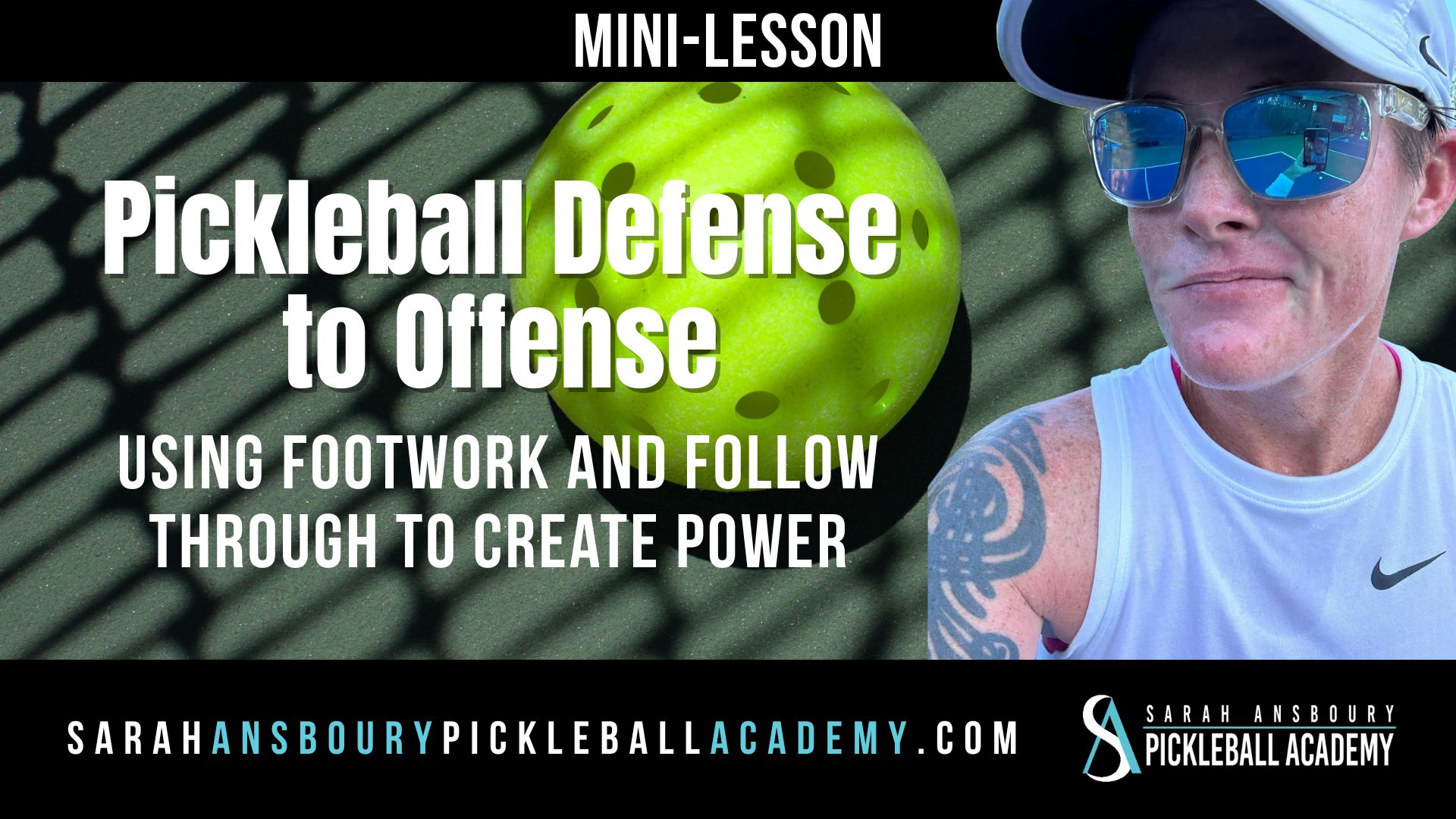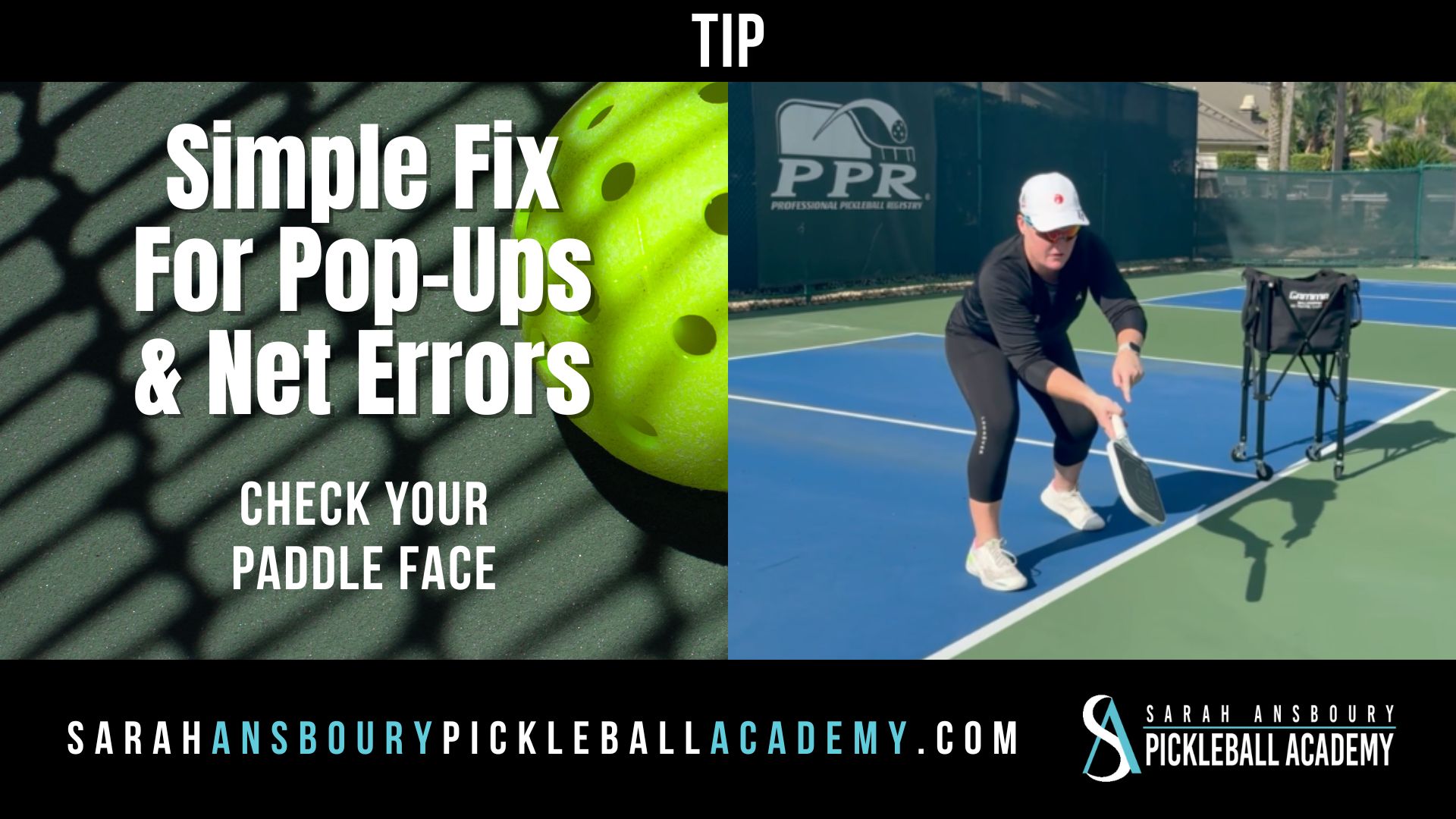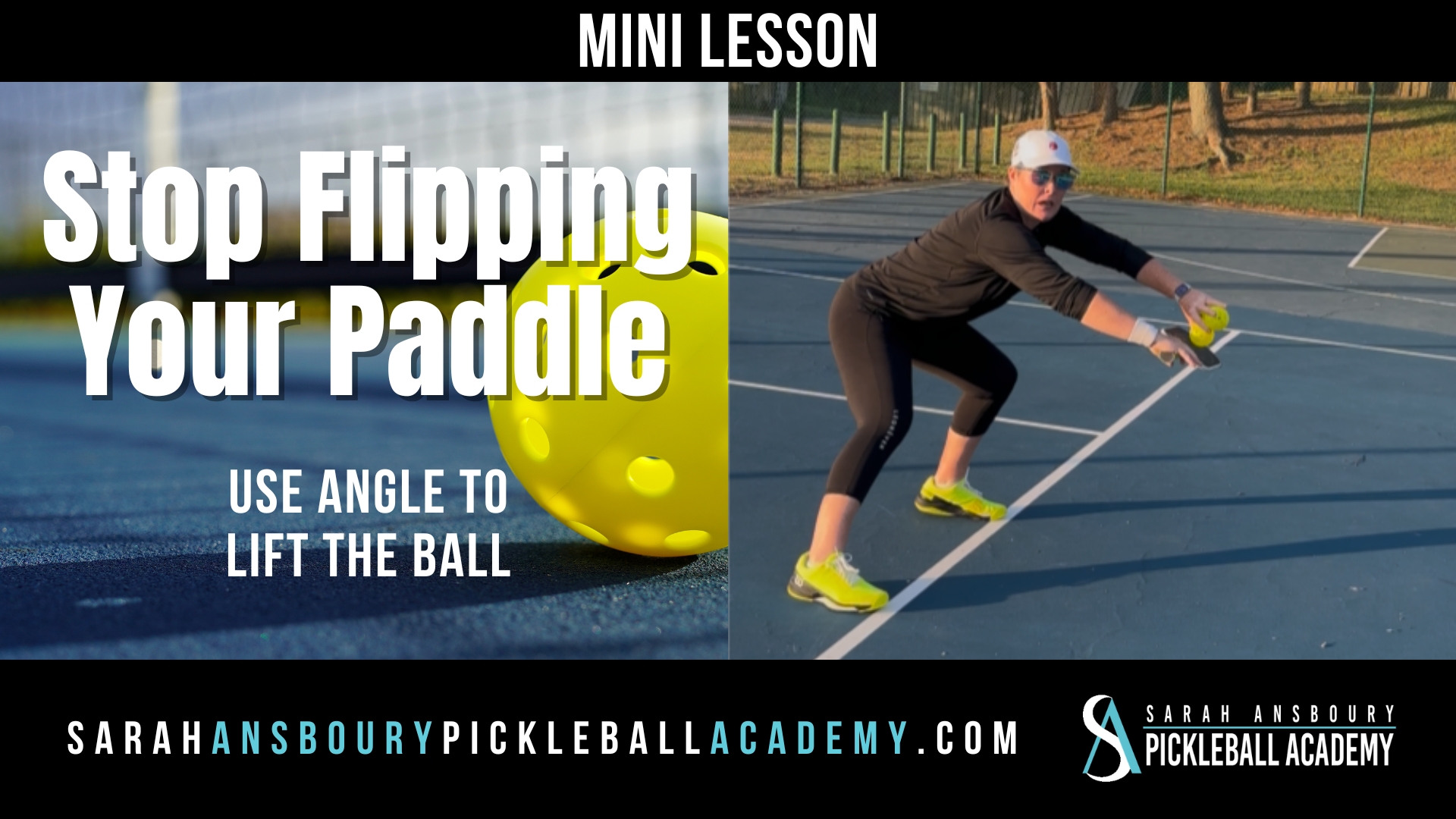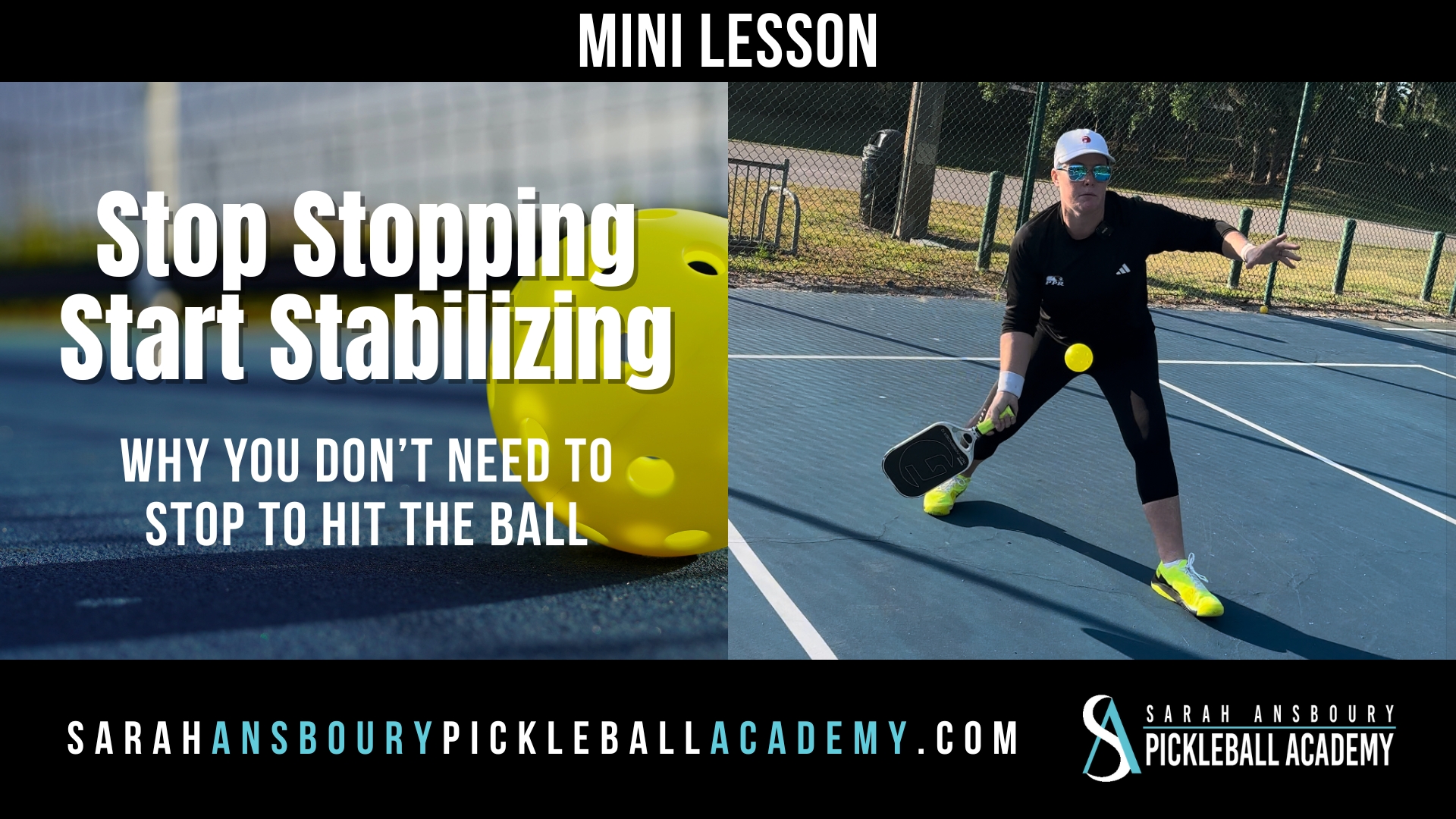Today, I’m sharing a tip about positioning in what’s often called the transition zone or opportunity zone. Many players feel unsure about being in this area, but it’s actually a great place to be. The key is your positioning and readiness for the next play.
Commonly, players find themselves in a mid-court position, squatting down on their heels. This stance makes it hard to move laterally, which can actually work to your advantage if your opponent adopts this position. From here, moving to either side becomes a challenge, and players often end up shuffling awkwardly, which limits their ability to quickly move forward.
When you’re in the mid-court, resist the urge to get low in a defensive posture. Instead, adopt a more flexible, staggered stance, similar to a sprinter at the start line. This position enables you to move forward more easily. For example, if the ball comes to your right, pivot on your left foot, turning your toes towards the ball. This allows your back leg to follow through, propelling you forward to meet the ball.
The direction of your toes is crucial; it not only positions your body correctly but also ensures your paddle is out in front, ready for action. Incorrect positioning can lead to your paddle dragging behind you, throwing off your balance and making it hard to move towards the ball effectively.
A simple tip for mid-court play: Use your paddle to protect your feet, almost like a shovel. This stance prepares you for forward movement. Avoid squatting too deeply, as this places your weight on your heels and may cause you to bend over excessively to hit the ball. Instead, focus on a stance that allows for quick, forward movement.
Remember, keep your movements simple and efficient. Point your right toe towards the ball when it’s on your right, and your left toe when the ball is on your left. This ensures you’re always ready to move forward and engage effectively with the ball.









